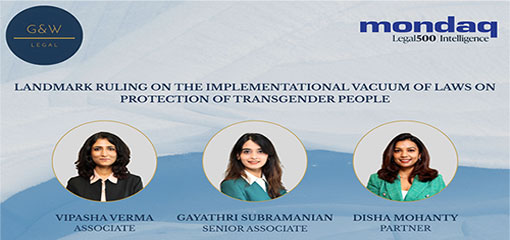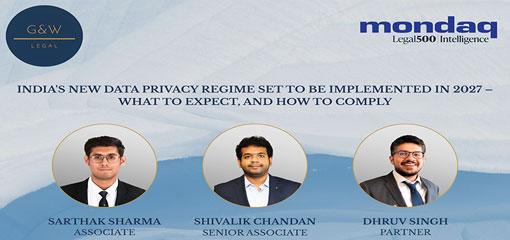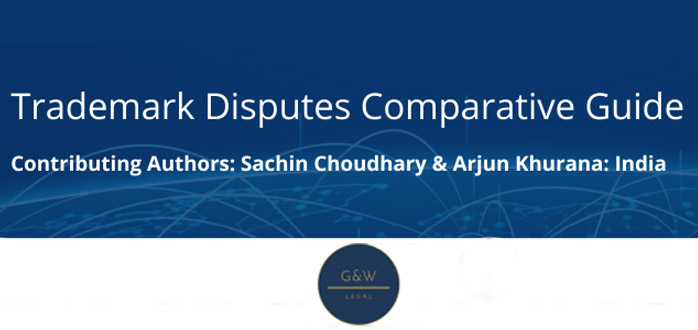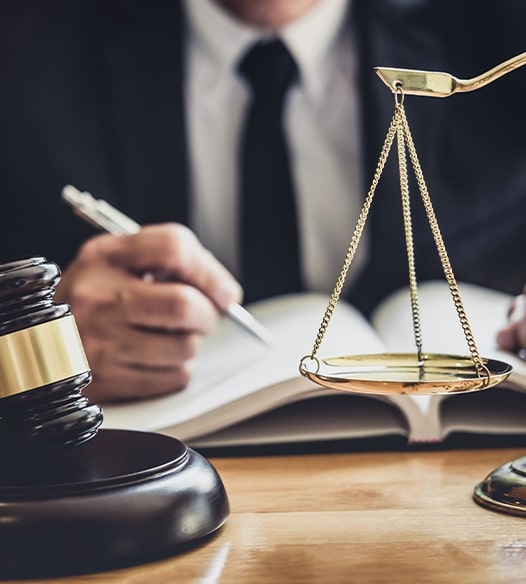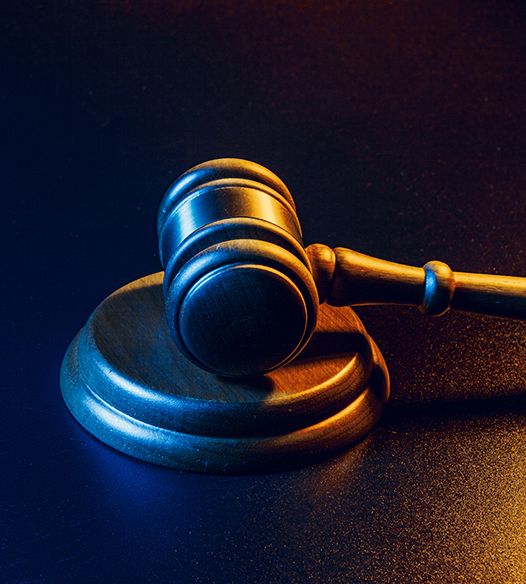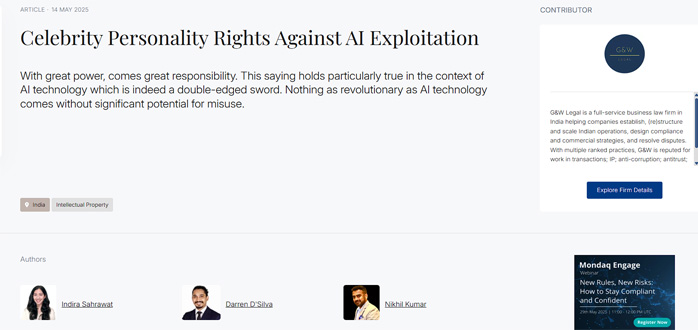
Introduction
With great power, comes great responsibility. This saying holds particularly true in the context of AI technology which is indeed a double-edged sword. Nothing as revolutionary as AI technology comes without significant potential for misuse. The present article aims to shed light on the perils of the use of AI and deepfake technology in the context of celebrities, political figures and their personality rights, focusing specifically on how India has risen to the challenge of tackling the problem through judicial precedents despite several lacunae that exist from a statutory perspective.
The term ‘deepfake’ has been derived from the terms ‘deep learning’ and ‘fake’ and is essentially used to describe artificial media created using data manipulation. Recently, the internet has seen a boom in deepfakes created using celebrities’ images, voices or both, mainly due to the ease of access to the necessary data in the public domain.
While useful for a variety of purposes (for instance, the resurrection of the late Paul Walker in the movie Fast & Furious 7), deepfakes have the potential to take a dark turn. Examples of misuse include the dissemination of political misinformation during elections, using a celebrity’s image to market a product / service they do not endorse, fake political campaigning by celebrities, creating unauthorized music using an artist’s voice and can even be taken as far as cybercrime.
Statutory Provisions
Despite the grave potential for misuse that deepfakes pose, it is alarming that Indian regulations are unfortunately silent on the topic and currently lack specific provisions to address the issue. This gap persists, with the exception of a few advisories on the subject issued by the Ministry of Electronics and Information Technology (MeitY) of India in 2023 and 2024 targeted at intermediaries. Recommendations of note include informing users about the kind of content deemed unlawful, identification and removal of content that qualifies as misinformation, enabling victims/users to report violations easily, which should be redressed through the grievance officer, as well embedding data which is the product of artificial creation/generation with metadata so as to permit source-identification in the event such data is misused.

